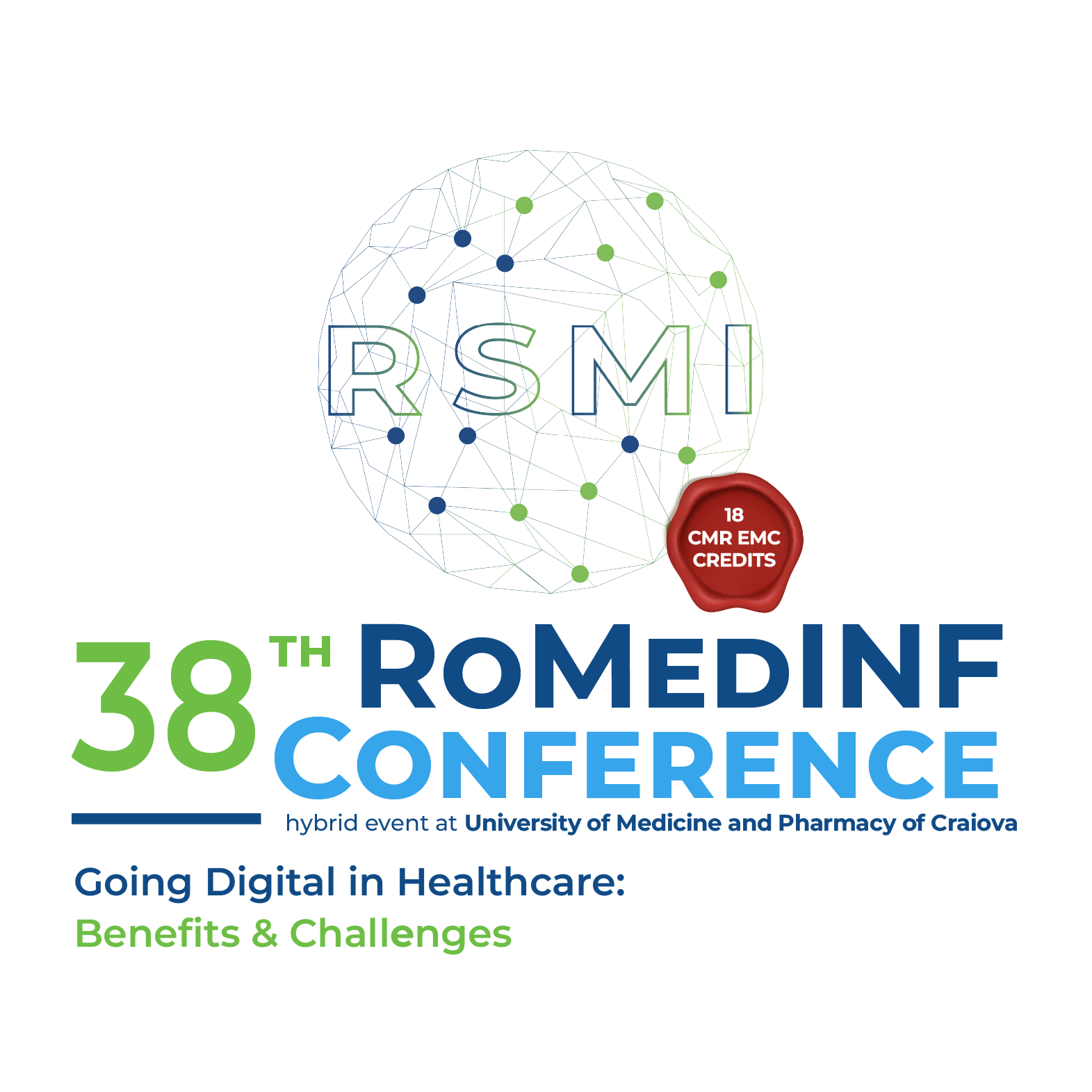What is the Role of Medical Informatics in Digital Healthcare?
Keywords:
Medical Informatics, Fundamental Role, Digital HealthcareAbstract
Medical Informatics plays a fundamental role in modern Digital Healthcare, serving as a bridge between clinical practice, data science, and information technology. It facilitates the efficient collection, storage, retrieval, and application of health data, ultimately improving patient outcomes, reducing costs, and enhancing the healthcare experience.
Our expertise spans key areas of Medical Informatics, including:
- Biological Signal Processing – Collecting and analyzing physiological data.
- Medical Instrumentation Integration – Seamlessly incorporating medical devices into healthcare workflows.
- Data Management & Interoperability – Ensuring smooth integration and accessibility of health records.
- Electronic Health Records (EHRs/EMRs) – Developing structured, shareable, and standardized patient records using frameworks like HL7 and FHIR.
- Clinical Decision Support Systems (CDSS) – Leveraging AI and machine learning to assist clinicians with diagnostics, treatment planning, and alerting for drug interactions or abnormal test results.
- Telemedicine & Remote Monitoring – Supporting virtual consultations, real-time health tracking via IoT and wearables, and home-based chronic disease management.
- Big Data & Predictive Analytics – Analyzing large datasets to identify disease patterns, optimize hospital efficiency, and advance personalized medicine through risk stratification and predictive modeling.
- Cybersecurity & Privacy in Healthcare – Implementing robust security solutions (e.g., encryption, blockchain) to safeguard sensitive patient data and ensure compliance with regulations like HIPAA (USA), GDPR (EU), and local healthcare laws.
- AI & Automation in Medical Workflows – Utilizing NLP (Natural Language Processing) to extract insights from medical literature and clinical notes while automating administrative processes such as billing and scheduling.
- Medical Education & Knowledge Assessment – Enhancing training programs with digital tools and assessment frameworks.
Alongside advancing these areas, we also highlight the historical evolution of Medical Informatics, particularly in Romania. The Faculty of Medicine in Craiova pioneered the country’s first official Medical Informatics course in February 1991, marking a significant milestone in medical education. This achievement was the result of many years of dedicated work by Prof. Mihai Tarata and Prof. Valeriu Nestianu, who had been developing medical electronic instrumentation since 1974.
Key contributions included:
- 1978 – Development of a method and device for quantitative electromyographic analysis (OSIM Patent 70610) – with this we initiated digital electromyography in Romania.
- 1981 – Research on fuzzy sets for automated diagnostic approximation (National Symposium on Functional Analysis and Applications, Craiova).
- 1985-1987 – Creation of a non-invasive system for recording late electrocardiographic and His potentials, making our lab the 7th in the world to achieve this noninvasively, in real-time.
- 1995 – The first implementation in Romania of a self-made, secure, automated, computerized multiple-choice examination system, allowing for same-day publication of results without errors.
Following the launch in 1991 of Medical Informatics as an academic mandatory discipline in Craiova, other medical schools in Romania quickly adopted similar programs. On January 24, 1992, we hosted the first National Meeting of Medical Informatics representatives from all Romanian medical universities, leading to the nationwide adoption of our curriculum. Through continuous innovation and integration, Medical Informatics remains a cornerstone of digital transformation in healthcare, shaping the future of medical practice and patient care.
Downloads
Published
How to Cite
Issue
Section
License
Copyright (c) 2025 Mihai TĂRÂŢĂ

All papers published in Applied Medical Informatics are licensed under a Creative Commons Attribution (CC BY 4.0) International License.

